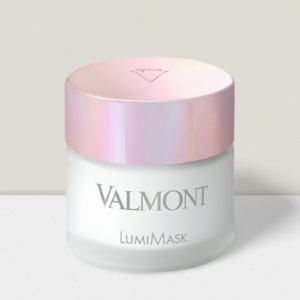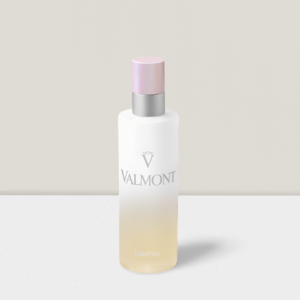Peels
Showing all 2 results
-

LumiMask – Radiance Boosting Mask – 50ml
197,00 €Buy in WhatsApp -

LumiPeel – Radiance Peeling Lotion – 150ml
142,00 €Buy in WhatsApp
Peels: A Comprehensive Guide to Unveiling Radiant Skin
By Skin Expert Christina Korouchtsidi
In the world of skincare and beauty, peels are a popular treatment designed to exfoliate and rejuvenate the skin. These powerful products can transform the texture and appearance of your complexion, revealing a brighter, smoother, and more youthful look. If you're interested in incorporating peels into your skincare routine, our online shop in Cyprus offers free delivery on a wide range of high-quality products from top brands like Biologique Recherche, Augustinus Bader, iS Clinical, and Colorescience. In this comprehensive guide, we'll explore the ins and outs of peels, including their benefits, types, and how to use them safely and effectively.
What are Peels?
Peels are skincare treatments that use a combination of acids, enzymes, or other active ingredients to remove the outermost layers of dead skin cells, revealing a fresher, healthier-looking complexion underneath. By promoting the natural exfoliation process, peels can help to address a variety of skin concerns, such as dullness, uneven tone, fine lines, and acne.
Benefits of Peels
Incorporating peels into your skincare routine can offer numerous benefits, including:
- Improved skin texture and tone
Peels can help to even out skin tone and texture by gently removing dead skin cells, revealing a smoother and more radiant complexion.
- Reduced appearance of fine lines and wrinkles
By promoting cell turnover and collagen production, peels can help to minimize the appearance of fine lines and wrinkles, resulting in a more youthful-looking complexion.
- Clearer, healthier-looking skin
Peels can help to unclog pores and reduce the occurrence of breakouts, leading to clearer, healthier-looking skin.
- Enhanced absorption of skincare products
By removing the buildup of dead skin cells, peels can improve the absorption of other skincare products, allowing them to work more effectively.
Types of Peels
There are various types of peels available on the market, each with its own unique set of ingredients and benefits. Some of the most popular types include:
- Chemical Peels
Chemical peels use acids, such as glycolic, lactic, or salicylic acid, to exfoliate the skin. These peels can range in strength from mild to deep, depending on the concentration of the acid and the desired outcome.
- Enzyme Peels
Enzyme peels rely on naturally derived enzymes, such as papaya, pineapple, or pumpkin, to gently exfoliate the skin. These peels are typically milder than chemical peels and are ideal for sensitive or reactive skin types.
- Physical Peels
Physical peels use small particles or textured surfaces to physically exfoliate the skin. Examples include scrubs, brushes, or dermaplaning tools.
How to Use Peels Safely and Effectively
To ensure that you get the most out of your peels, it's important to use them safely and effectively. Follow these tips for a successful at-home peel experience:
- Choose the right peel for your skin type and concerns
Not all peels are suitable for everyone. Be sure to select a peel that is appropriate for your skin type and concerns. If you have sensitive skin, consider opting for a gentle enzyme peel. If you're looking to target more specific issues, such as fine lines or acne, a chemical peel may be more appropriate.
- Patch test before using
Before using a new peel, always perform a patch test to ensure that your skin doesn't have an adverse reaction to the product. Apply a small amount of the peel to a discreet area, such as behind the ear or on the inner wrist, and wait 24 hours to see if any irritation occurs.
- Follow the manufacturer's instructions
Each peel has its own unique set of instructions for use. Be sure to carefully read and follow the manufacturer's guidelines to ensure that you achieve the desired results without causing damage to your skin.
- Don't over-exfoliate
Over-exfoliating can lead to irritation, redness, and even skin damage. Limit your use of peels to once or twice a week, depending on your skin type and the strength of the product.
- Moisturize and protect your skin
After using a peel, it's essential to moisturize and protect your skin. Apply a hydrating serum or moisturizer to replenish your skin's moisture barrier, and always use a broad-spectrum sunscreen with an SPF of 30 or higher to protect your skin from the sun's harmful rays.
In Conclusion
Peels can be a powerful addition to your skincare routine, offering a myriad of benefits, including improved skin texture and tone, reduced appearance of fine lines and wrinkles, and clearer, healthier-looking skin. By selecting the right peel for your skin type and concerns, and following proper usage guidelines, you can achieve radiant, youthful-looking skin. Don't forget that you can purchase a wide range of peels from top brands like iS Clinical, with free delivery from our online shop in Cyprus. Happy peeling!
